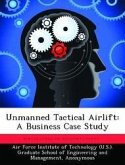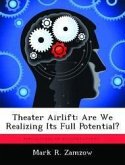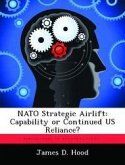In 1996, the U.S. Air Force Scientific Advisory Board identified 22 missions that might be accomplished by UAVs. Of the identified missions, there have been many studies conducted on the use of UAVs for intelligence, surveillance, and even combat applications, but none have been completed about the use of UAVs for air mobility roles, either tanker or airlift aircraft. This study seeks to break new ground by trying to answer the question, "How should we proceed?" to make the concept of unmanned airlift a reality. To this end, this study provides a conceptual survey of the strategic need for unmanned airlift, it discusses how operational pressures on the National Aerospace System (NAS) are driving the advancement of automating technologies, and it shows how this drive toward automation is laying the foundation for unmanned airlift. Based upon this foundation, this paper will sketch a path to the future, identifying critical requirements, studies, and technologies that will help make unmanned airlift a reality.








